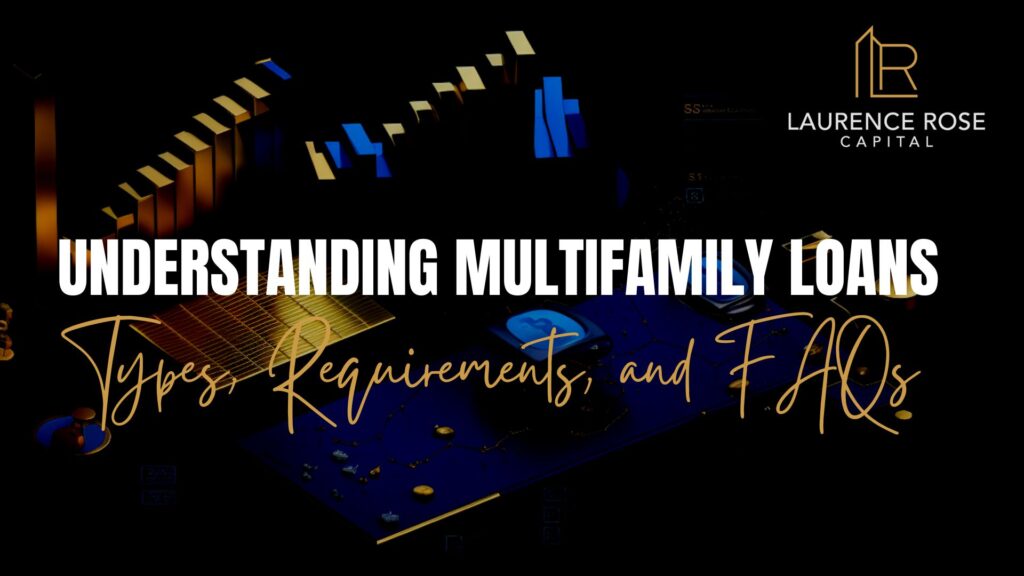Investing in multifamily real estate can be a lucrative endeavor, but securing financing for such projects can be challenging. Creative financing offers innovative strategies for acquiring and financing multifamily properties beyond traditional methods. In this article, we’ll explore how creative financing works in multifamily real estate, its advantages and disadvantages, present a detailed case study, and address common questions.
Understanding Creative Financing
Creative financing involves utilizing alternative methods to secure funds for real estate investments. In the multifamily real estate context, these strategies can include:
- Seller Financing: This method involves the property seller acting as the lender, allowing the buyer to make payments over time.
- Lease Options: Investors lease a property with an option to purchase it at a later date, giving them control over the property without the immediate financial commitment.
- Joint Ventures: Partnerships are formed to pool resources and expertise for larger multifamily deals, often with different roles and contributions.
- Private Lending: Investors secure loans from private individuals or companies, typically with more flexible terms than traditional banks.
- Creative Negotiations: Creative financing often involves unconventional deal structures and negotiations to make properties more accessible.
Pros of Creative Financing
1. Access to More Deals: Creative financing opens the door to a wider range of investment opportunities, including distressed properties or those with unique circumstances.
2. Flexibility: These methods offer flexibility in terms of down payments, interest rates, and repayment terms, allowing investors to tailor financing to their needs.
3. No Bank Approval: Creative financing often doesn’t require traditional bank approval, making the process faster and more straightforward.
4. Control: Lease options and joint ventures can provide investors with greater control over multifamily properties.
Cons of Creative Financing
1. Risks: These strategies can be riskier than traditional financing, as they often involve more complex structures and agreements.
2. Higher Costs: Interest rates on creative financing may be higher than those offered by banks, resulting in higher overall project costs.
3. Limited Options: Creative financing may not be available for all properties or in all market conditions.
4. Legal Complexity: Some creative financing methods may involve intricate legal contracts and arrangements, requiring expert legal advice.
Case Study: A Creative Financing Success Story
Let’s consider a real-world case study of creative financing in multifamily real estate:
Scenario:
Sarah, an experienced real estate investor, comes across a 20-unit multifamily property in need of renovations. The seller is motivated but reluctant to provide traditional financing.
Creative Financing Strategy:
Sarah proposes a seller financing agreement, offering the seller a 10% down payment and monthly installments over five years. She also negotiates a lower purchase price in exchange for completing the necessary renovations.
Results:
Sarah acquires the property without needing a bank loan. She invests in renovations and increases the property’s value. Over time, she refinances with a traditional bank loan, pays off the seller financing, and significantly increases her cash flow.
FAQs on Creative Financing in Multifamily Real Estate
Q1: Is creative financing riskier than traditional financing?
A1: Creative financing can be riskier due to its complexity and potentially higher interest rates. Investors should conduct thorough due diligence and seek legal advice.
Q2: What types of multifamily properties are suitable for creative financing?
A2: Creative financing can work for various properties, but it’s often used for unique or distressed properties where traditional financing is less accessible.
Q3: How do I find potential creative financing opportunities?
A3: Networking with real estate professionals, sellers, and private lenders can help identify creative financing opportunities. Joining real estate investment groups can be beneficial.
Q4: What legal considerations are essential in creative financing?
A4: Consult with a real estate attorney to ensure all agreements and contracts comply with local laws. Legal expertise is vital in creative financing deals.
In summary, creative financing in multifamily real estate provides investors with alternative methods to acquire and finance properties. While it offers more flexibility and access to a broader range of opportunities, it also carries higher risks and potential complexities. Investors should carefully assess each deal, seek expert advice, and conduct due diligence to determine whether creative financing is the right strategy for their multifamily real estate investment goals.






![How Does Creative Financing Work In Multifamily Real Estate [Explained]](https://laurencerosecapital.com/wp-content/uploads/2023/10/JG-BMP-Ira-LRC-JB-Blog-Covers-750-×-422px-1920-×-1005px-1024x576.jpg)
